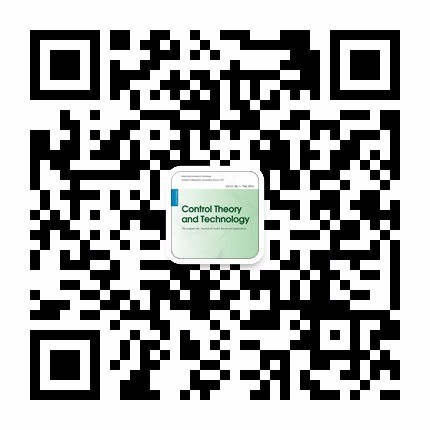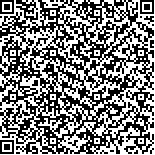| 摘要: |
|
| 关键词: |
| DOI:https://doi.org/10.1007/s11768-019-9144-z |
|
| 基金项目:This research was supported by the Japan Society of the Promotion of Science (JSPS) Grant in Aid for Scientific Research (A) (No. 18H03774). |
|
| Predictive car-following scheme for improving traffic flows on urban road networks |
| A.S.M. BAKIBILLAH,Mahmudul HASAN,Md Mustafijur RAHMAN,Md Abdus Samad KAMAL |
| (School of Engineering, Monash University, Malaysia;Technology Operations Department, Grameenphone Ltd., Dhaka, Bangladesh;Department of Electrical and Electronic Engineering, Manarat International University, Dhaka, Bangladesh;Division of Mechanical Science and Technology, Graduate School of Science and Technology, Gunma University, Japan) |
| Abstract: |
| Driving behavior is one of the main reasons that causes bottleneck on the freeway or restricts the capacity of signalized intersections. This paper proposes a car-following scheme in a model predictive control (MPC) framework to improve the traffic flow behavior, particularly in stopping and speeding up of individual vehicles in dense urban traffic under a connected vehicle (CV) environment. Using information received through vehicle-to-vehicle (V2V) communication, the scheme predicts the future states of the preceding vehicle and computes the control input by solving a constrained optimization problem considering a finite future horizon. The objective function is to minimize the weighted costs due to speed deviation, control input, and unsafe gaps. The scheme shares the planned driving information with the following vehicles so that they can make better cooperative driving decision. The proposed car-following scheme is simulated in a typical driving scenario with multiple vehicles in dense traffic that has to stop at red signals in multiple intersections. The speeding up or queue clearing and stopping characteristics of the traffic using the proposed scheme is compared with the existing car-following scheme through numerical simulation. |
| Key words: Car-following scheme, model predictive control, vehicle string, connected vehicle environment, distributed control |

